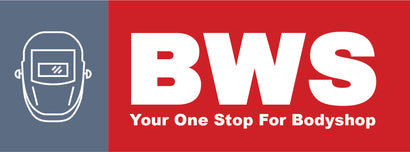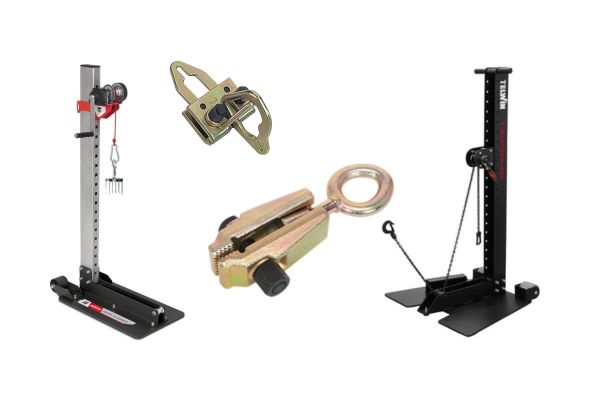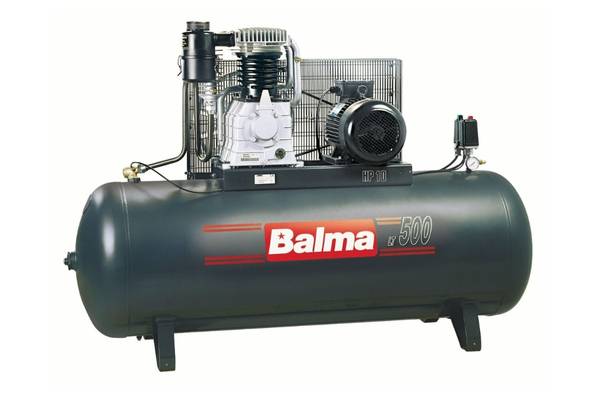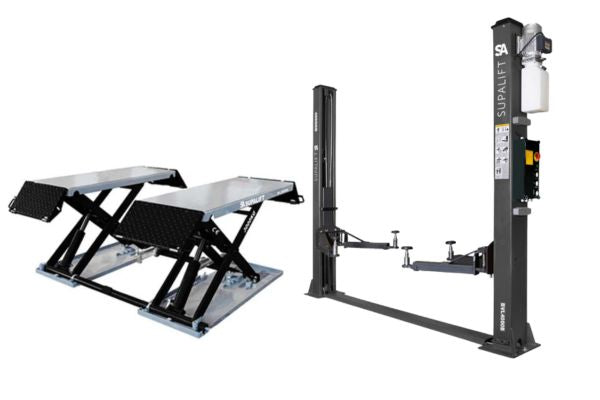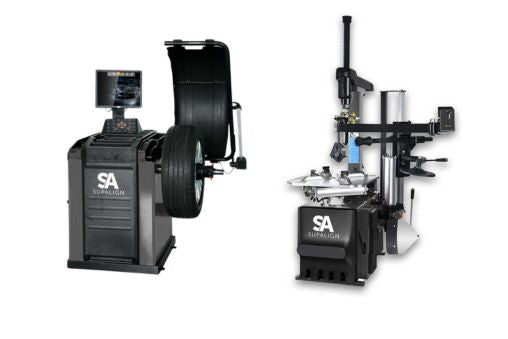NEW Glue Pulling Systems- In Stock!
NEW Glue Pulling Systems- In Stock!
BODYSHOP
WORKSHOP
WELDING
TOOLS
SAFETY

Why Car Manufactures Dont Stamp What The Steel is On Car Panels
March 11, 2020 1 min read
Ever wonder why the OEMs don’t just stamp the grade of steel on a part so body shops know upfront what it is and what repair-replace considerations might apply?
Incoming American Iron and Steel Institute automotive program Vice President John Catterall recently explained why collision repairers must instead consult the OEM repair manuals for a key to the steels found on a vehicle.
“That’s the main way that you’re able to identify what’s what,” said Catterall, the former executive director of the Auto/Steel Partnership.
At one point, some automakers did attempt to stamp coin marks on parts, Catterall said Thursday. But the industry has largely moved away from that, he said.
“Two reasons; the stamps needed in the stamping tools eventually become a repair issue for the die as the materials get stronger. They are also hard to find in an assembled body anyway, because of painting and sealing,” Catterall wrote.
So there you go. You have to look up steel grades within the OEM repair procedures.
For examples of what restrictions the various grades might impose upon the steel part, here’s a look at steel guides from General Motors and Honda. (Obviously, the specific procedures for the specific vehicle you’re fixing take precedence over anything in these more general guidelines.)
Credits
Leave a comment
Comments will be approved before showing up.

